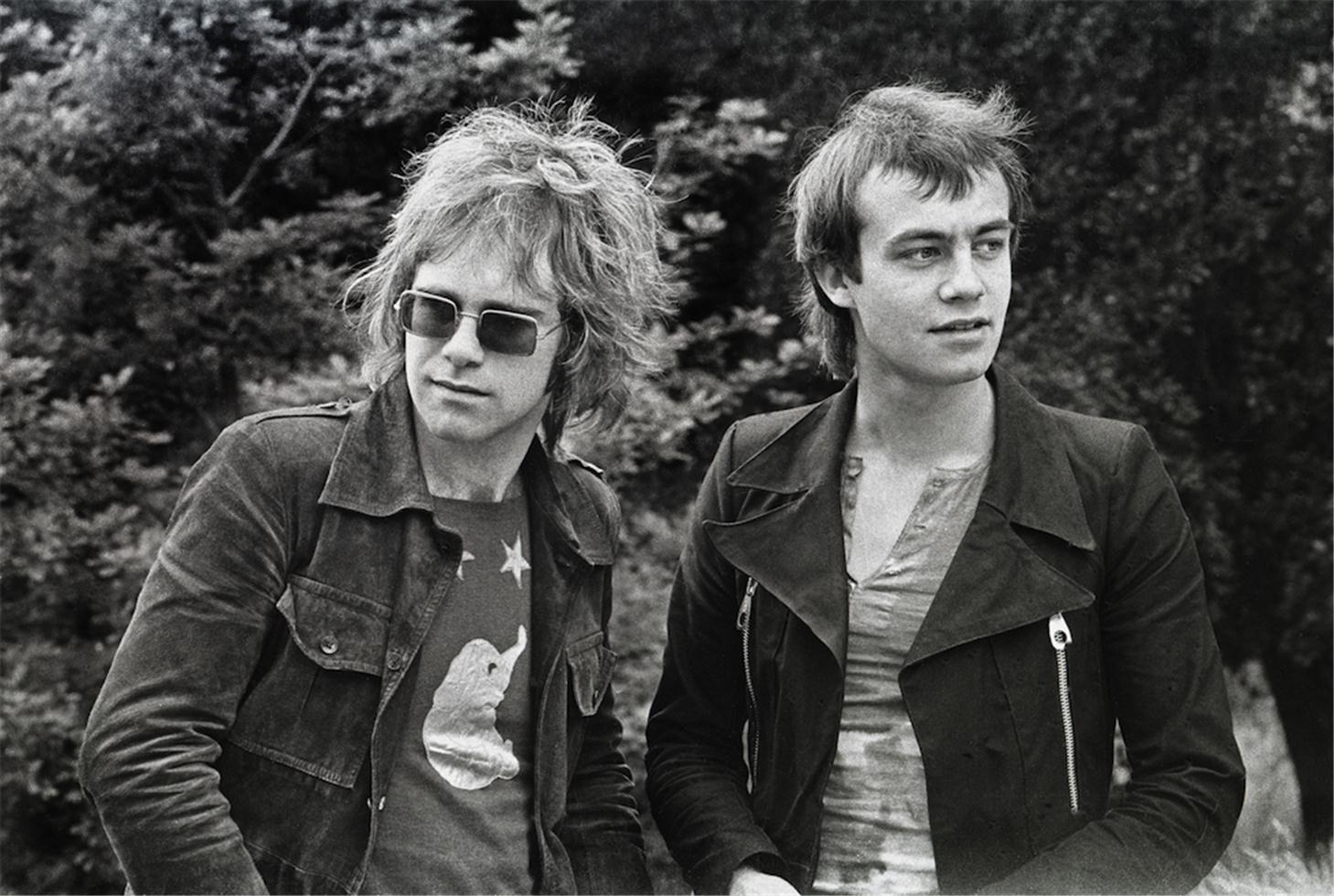 It’s easy to forget now, but Elton John wasn’t always, well, Elton John. Before the flashy costumes, the adult-contemporary pop and the classic rock staples, John was a piano player, a singer and leader of a trio. It’s a period under-explored by most rock fans and, as the new reissue of 17-11-70 shows, it’s a period deserving of attention.
It’s easy to forget now, but Elton John wasn’t always, well, Elton John. Before the flashy costumes, the adult-contemporary pop and the classic rock staples, John was a piano player, a singer and leader of a trio. It’s a period under-explored by most rock fans and, as the new reissue of 17-11-70 shows, it’s a period deserving of attention.
As 1970 would down, John was touring the United States in support of his third LP, Tumbleweed Connection. In August, he played a short residency in Los Angeles, then spent the rest of the fall and early winter crisscrossing the country, playing clubs like the Boston Tea Party, Philadelphia’s Electric Factory and the Fillmore East in New York.
The day before his show at the Fillmore East, Elton John and his band did a live-to-air session at A&R Studios; in edited form, this set was released as his first live LP 17-11-70, the date of the gig.
The original record is an interesting look at John’s music at the time. Backed by bassist Dee Murray and Nigel Olsson on drums, it’s up to John to provide most of the melodies and the leads; this isn’t the brash guitar rock or pastel-coloured pop of his later years. And the set list is filled with deep cuts: “Bad Side of the Moon,” “Can I Put You On,” and “Take Me To the Pilot.”

At the same time, 17-11-70 had the usual problem of a live concert in the vinyl age: the material’s presented out of sequence, lacking the ebb-and-flow of a full concert.
Still, it’s a compelling look at Elton John during his early years. While the new reissue doesn’t exactly remedy that problem – all the new material is on the second LP – but it offers a fuller picture, better sound and a more compelling set list. In this expanded form, it might just be his best live album.
Let’s go back for a second. As noted above, John was playing as part of a trio at the time, which gives this period of his music a distinct sound. He’s leaning more into R&B and soul, with maybe a touch of Little Richard and Jerry Lee Lewis’ influence. When he opens the show with “Take Me to the Pilot,” he’s shouting and pounding his piano, lurching between barrelhouse and classical flourishes. The rhythm section propels him along, leaving him space to sing and blast out licks between verses. The influence of Leon Russell – who a speechless John met earlier in the tour – has never been so easily apparent.

You can feel it throughout the 17-11-70.
A swaggering cover of “Honky Tonk Women,” where he positively howls the chorus, and a soulful version of “Bad Side of the Moon,” where his playing bounces off Murray’s bass, at least when he’s not pounding the piano’s keys like the show’s success depends on it.
The original record’s climax is an 18-minute medley of “Burn Down the Mission,” and two covers: “My Baby Left Me” and “Get Back.” Here, John and his band blast through the tunes, trading solos and raising the tempo: at times they blast through the music at warp speed, before slowing things down and giving the audience a chance to catch their breath; you can hear the hoots and hand claps in the background as John’s sheer energy draws them in.

The second record on 17-11-70 fleshes out the show, adding context and more familiar numbers: early singles like “Your Song” and “Border Song,” plus cuts from Tumbleweed Connection: “Amoreena,” “Country Comfort” and “My Father’s Gun.” No mere left over, John and his band shine on these too. “Country Confort” builds into a soulful swagger, while “My Father’s Gun” builds into something of a cousin to The Band’s “The Night They Shot Old Dixie Down,” with John all but snarling his verses into the microphone and the band building up the music to a crescendo at the chorus before dropping away, leaving just John’s piano. It’s a fitting climax to an exciting show.
Shortly after 17-11-70, Elton John’s profile exploded rapidly.
Madman Across the Water, his next LP, had two hit singles: “Tiny Dancer” and “Levon.” More followed and John graduated from playing clubs to larger arenas, and by the end of 1972, Carnegie Hall. At the same time, his music changed: he parted ways with Murray and Olsson, added a guitar player and tweaked his sound as his music climbed the charts. Before long, he’d be known as much for his music as he’d be known for flashy costumes and stage props.
Which adds another dimension to 17-11-70’s appeal.
It’s a look at John right on the cusp of success, when him and Bernie Taupin’s music was starting to gel and his backing band and him were as tight as they’d ever be live. With an audience he’s trying to win over, but who can’t see him, John pours himself into the performance; sure, he probably got up and got the small crowd at A&R Studios into it, but the sheer skill and energy of his singing and playing still draws listeners in, arguably in a way his studio records never quite pull off.
This vinyl reissue of 17-11-70 was quietly released on Record Store Day in a limited run – and copies are already getting expensive on second-hand sites – but it’s worth looking for; hopefully Mercury/Universal see fit to issue this on CD, if not digitally.
Recommended.


